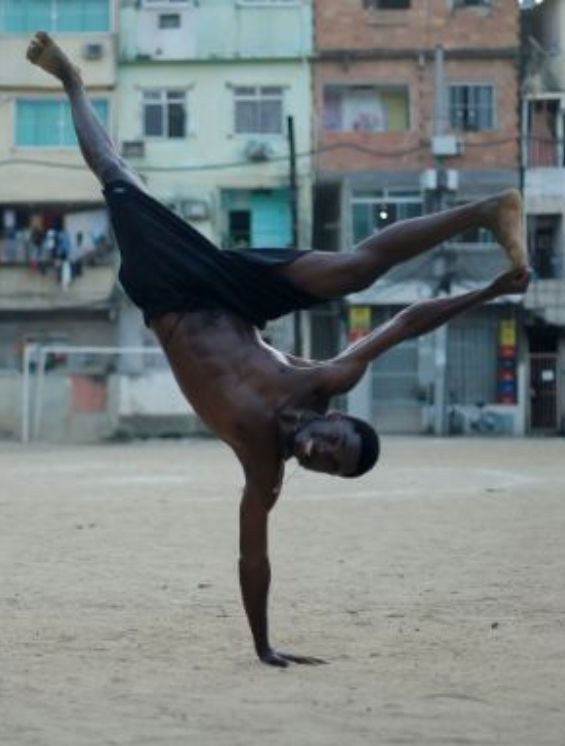Quebradinha: our hood in miniature

Photo: Léu Britto
Warning: this text was not written and translated from Portuguese. Black Brazilian philosopher Lélia Gonzalez calls this language “Black-tuguese”. And we call it “not a slang, but a dialect”.
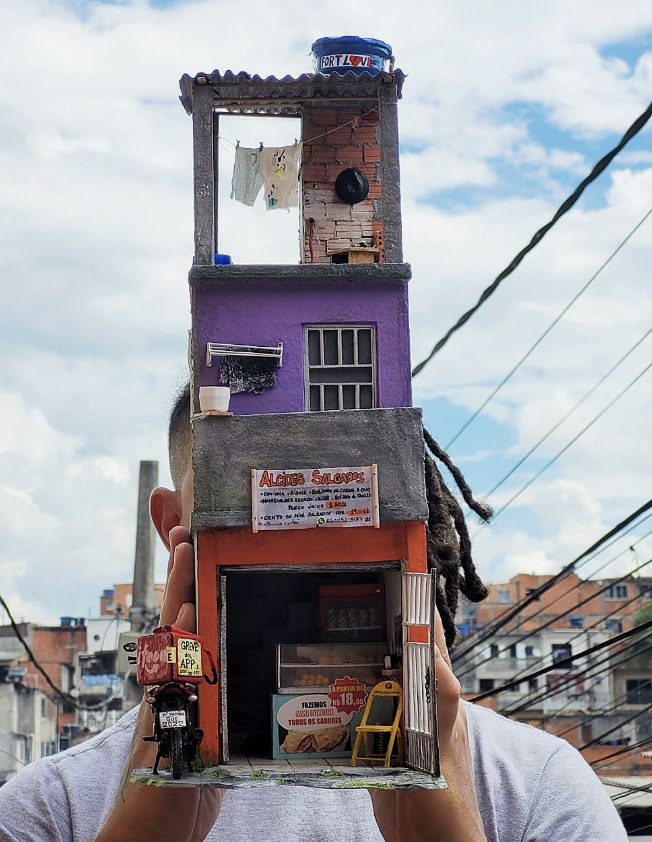
Instagram @quebradinha_
A black kid is looking at a house with a phrase sprayed on exposed brick walls. It reads “SAUDADE DO VÉIO” – or "I miss my old man" in Portuguese. It’s a beautiful day, a family is hanging out, the moon is shining. This is not a regular Saturday in a favela in São Paulo's working-class neighborhoods of Capão, Itaquera or Brasilândia, it is actually a (not so regular) day in Centro Cultural São Paulo, whose location is far from the hood. That exposed brick house was only inches tall. If I were to transform the exhibition Quebradinha: Writing today so there's a yesterday for tomorrow by Marcelino de Melo Gadi (Nenê) into a picture, this would be it. Paraphrasing Brazilian rap pioneers Racionais MCs: look at that dope work of art, look at that little black guy seeing it all from the inside. Each detail was sculpted with extreme minutia and creative sensibility, so much so that these miniatures seem to pull you closer just to watch them. Y'know how seductive the hood might be? Nenê's works invite people to bend over while facing the grandiosity of miniatures so as to comprehend all the rich details making up this humble kingdom so many Brazilians call home – and people from all over the world, because a favela is a favela anywhere.
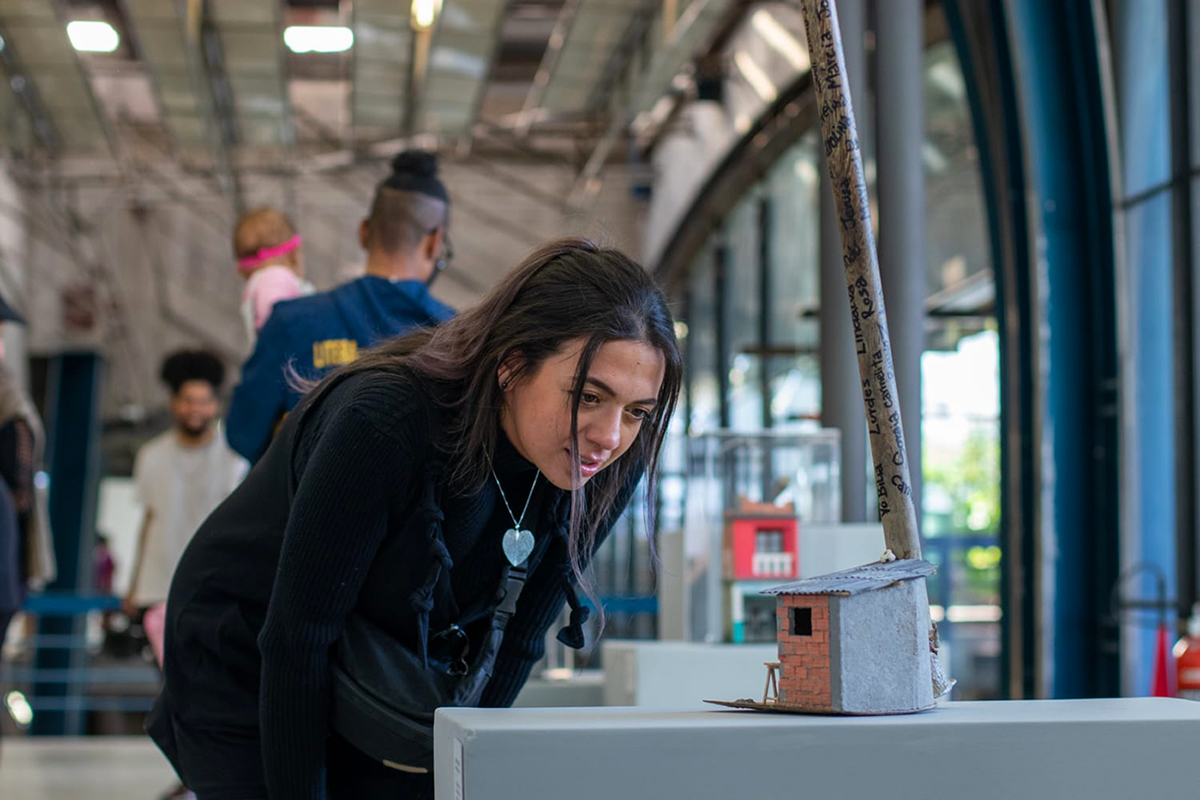
Photo by: Leu Britto
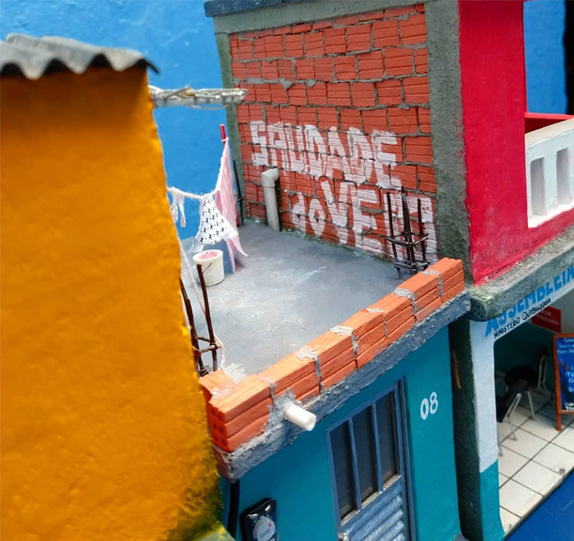
Instagram @quebradinha_
According to Portuguese dictionaries, quebrada is a feminine noun which can mean:
1. A rising or falling surface on a mount or steep terrain; a slope.
2. A curve in a road.
3. A deep narrow depression in the ground or in a mountain range etc., caused by water erosion.
4. A remote place.
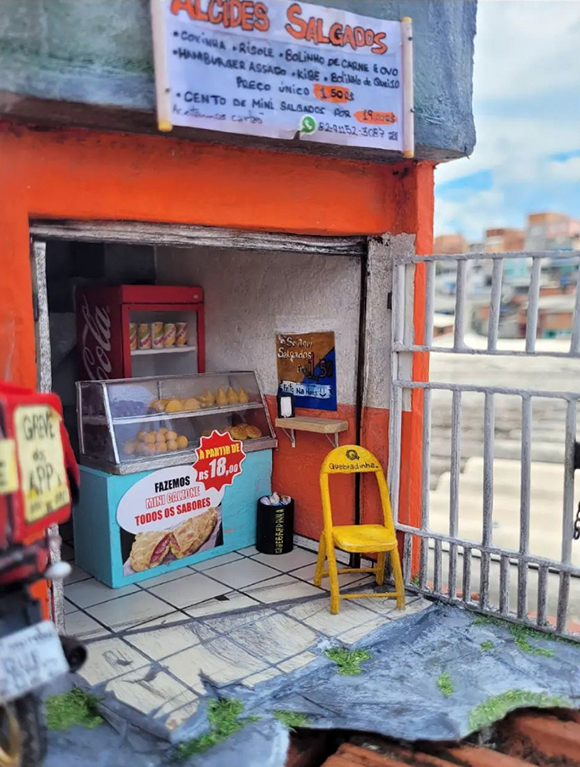
Instagram @quebradinha_
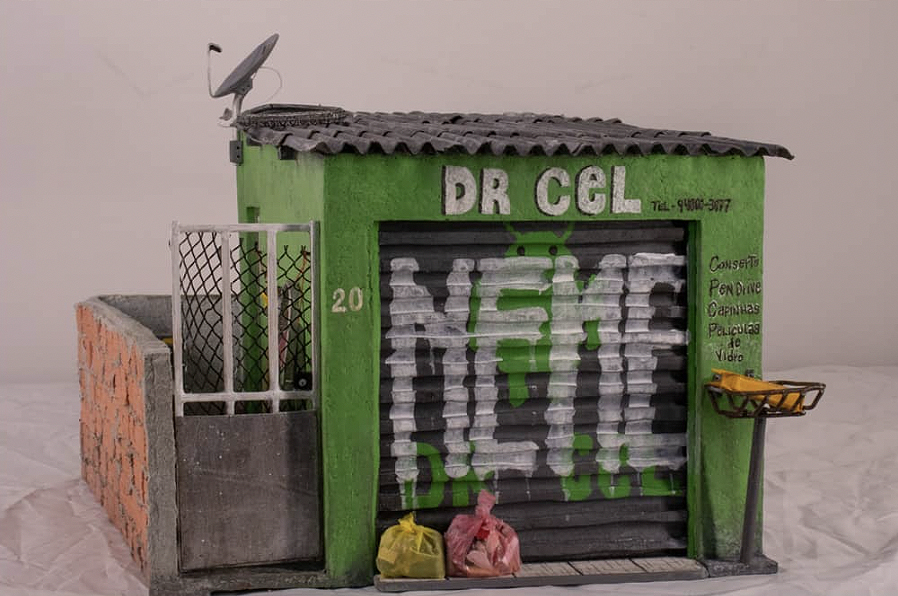
Instagram @quebradinha_
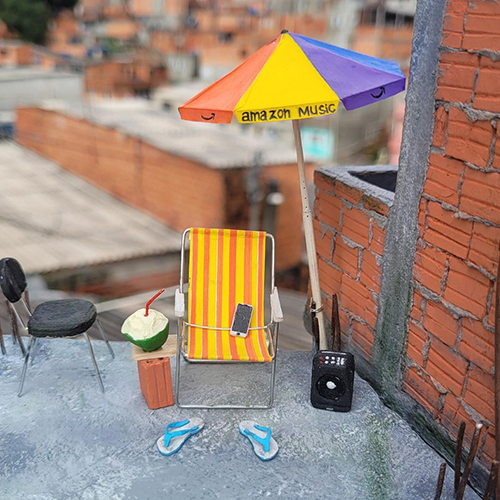
Instagram @quebradinha_
In the favela cryptography, in our slang, in our dialect, quebrada is what we call our hood, our zone, our favelas. It's more than just the place where we live and sleep, it's where we learn how to grow, it's the soil where flower names like Rosa, Jasmim and Margarida can thrive. It's the land where Dona Ana wakes up early to make breakfast, comb her granddaughter's hair and take her to school; where Alemão picks up his backpack and hops on a packed bus like sardines in a can; where Touro and Monstro work hard at the convenience store to earn their meal while dreaming of buying a sicker ride and a bigger crib than the ones owned by that playboy who bought Twitter and wants to send a spaceship to the moon; where Buiu gets home from college at midnight and chugs a bottle of coffee to study for his finals; where Raíssa is opening her nail salon. All of that (and so much more) just don't fit a dictionary description, just like the art coming from the hood is rarely featured in exhibitions.
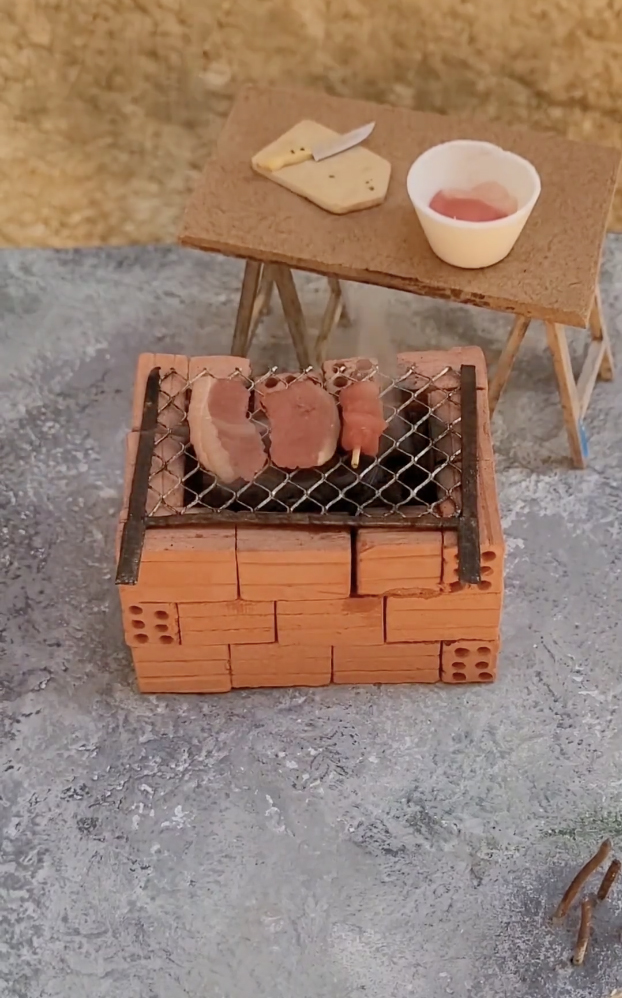
Instagram @quebradinha_
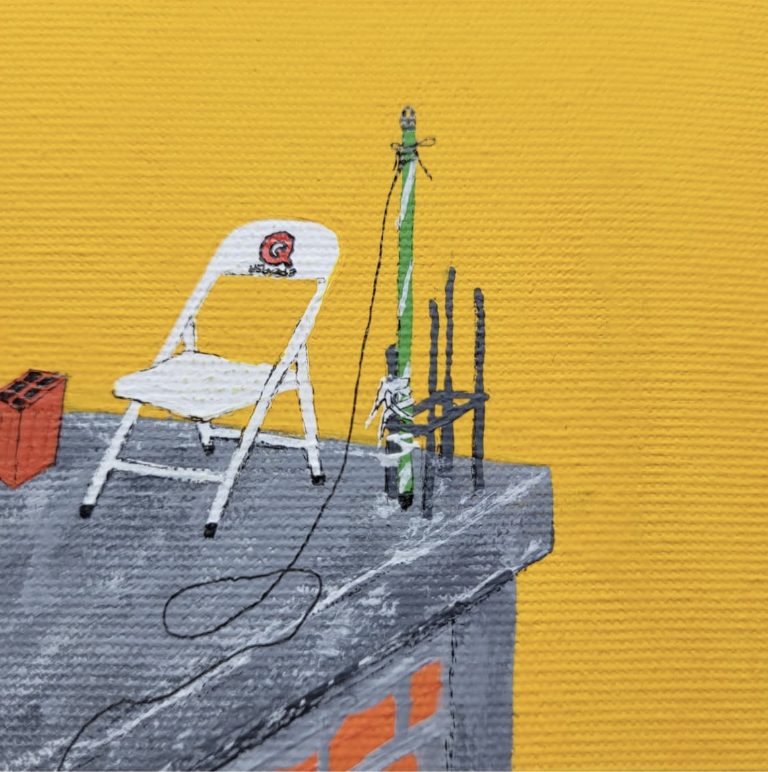
Instagram @quebradinha_
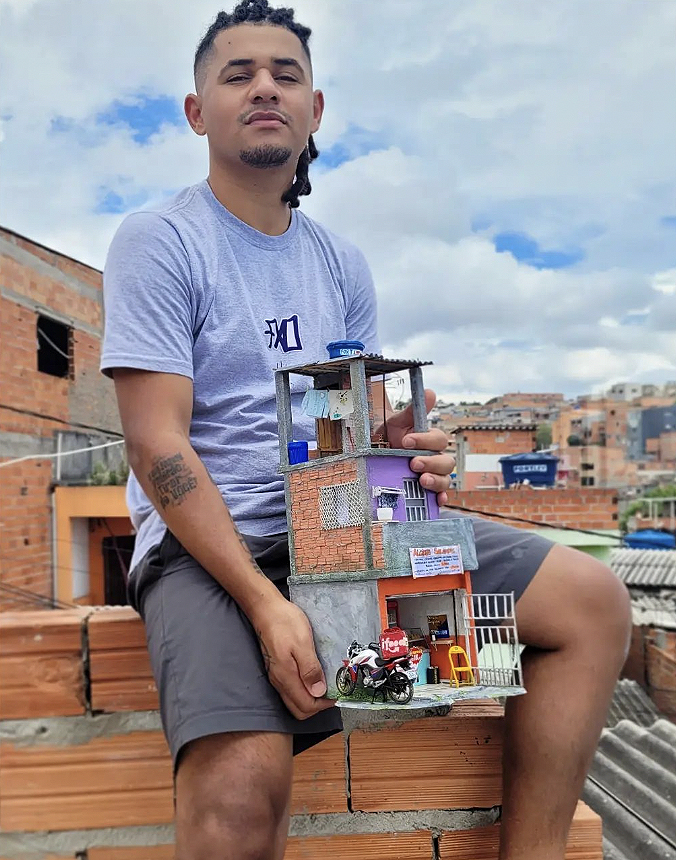
I'd call Nenê a genius if that word weren't usually employed to describe an individual who creates something never seen before (as if that was even possible), but I'd rather call him a creative mind, a sick artist, an OG, an intelligent man or a living ancestor. His inherited talent is a sequence of other genius talents like Paraíba, Bahia, Zé, Serjão, Pernambuco and other engineers and architects without a diploma who graduate in the quebradas every day. These are the workers – who got their street names after Brazilian Northeastern states and cities – who once built and are still building this city, its downtown and suburban areas. These are the construction workers that cruise around town squashed in trains, and occupy land so they can build shanties for their families. "Construction workers are artists because women were their leadership" is written on a hoe handle featured in the exhibition. According to the dictionary, quebradinha is the diminutive term for quebrada – and a feminine noun in the Portuguese language just like favela, child, memory, fight, leadership and hope.
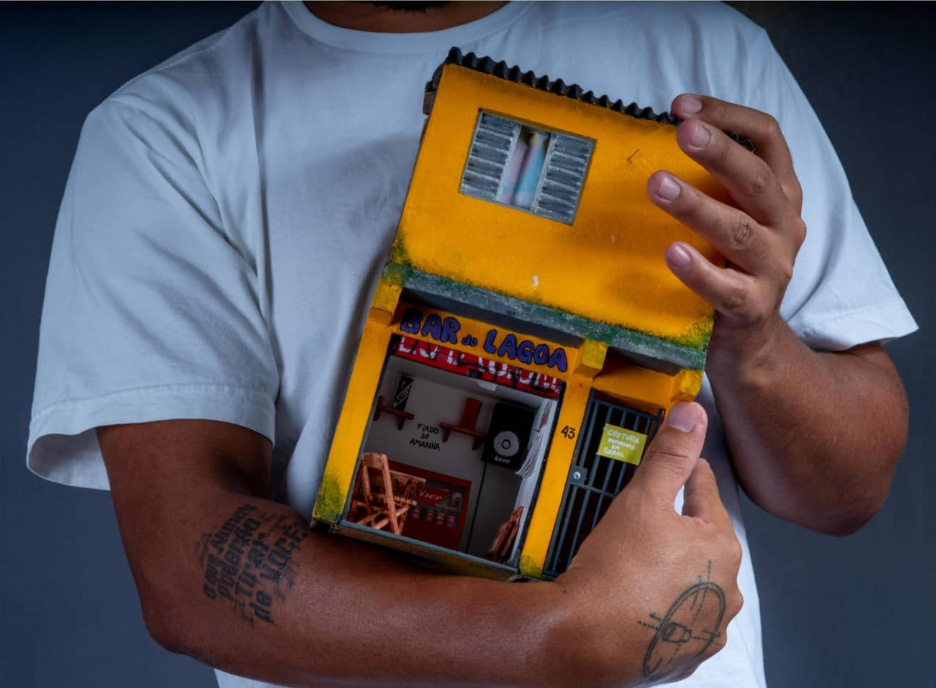
Instagram @quebradinha_
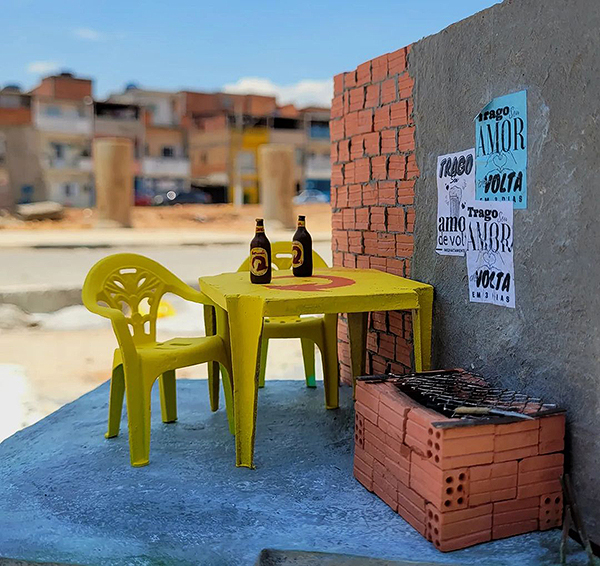
Instagram @quebradinha_
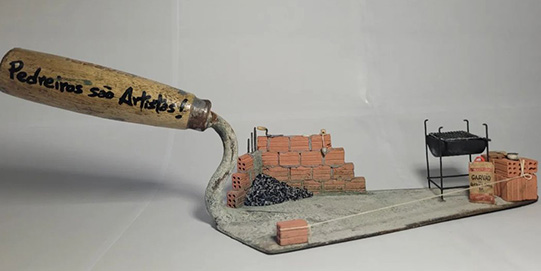
Instagram @quebradinha_
When I was going back home I saw a little guy spraying a wall with "JUSTICE AND FREEDOM" and that was the moment when I grasped the meaning of the phrase "Writing today so there's a yesterday for tomorrow". Seeing our quebradas represented in miniatures is the guarantee that life will get better, progress is on the way, Touro and Monstro will buy their sick ride to cruise around the town, and Buiu will get his diploma and study abroad. Our memory will be maintained and preserved, just like MC Paulin da Capital said: "The ghetto was my crib, that's why I 100% represent the hood where I was born". There will be a yesterday for our tomorrow: that's what I saw in that black child's eyes as he stared at a house that looked just like his, but this one was a sculpture – a work of art among so many others, surrounded by a room of appreciators.
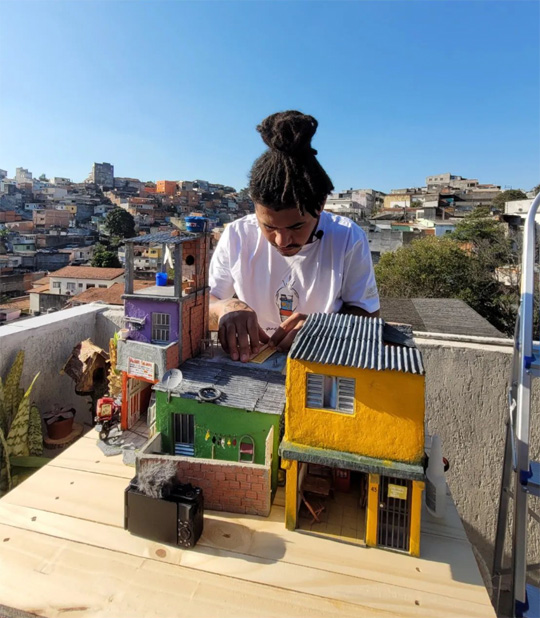
Instagram @quebradinha_
